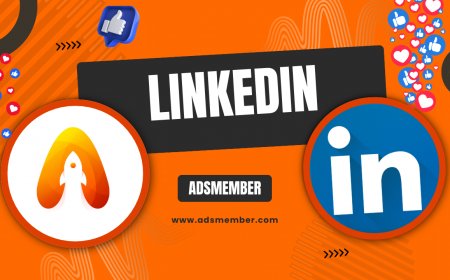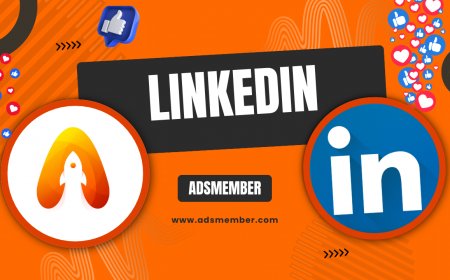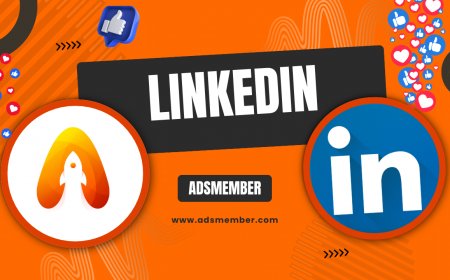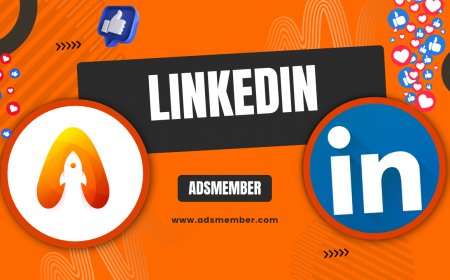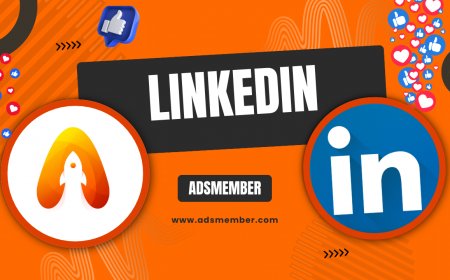How to Optimize LinkedIn Skills for Maximum Visibility
Boost your career with optimized LinkedIn skills. Learn expert tips to enhance visibility, attract recruiters, and grow your network with actionable strategies.
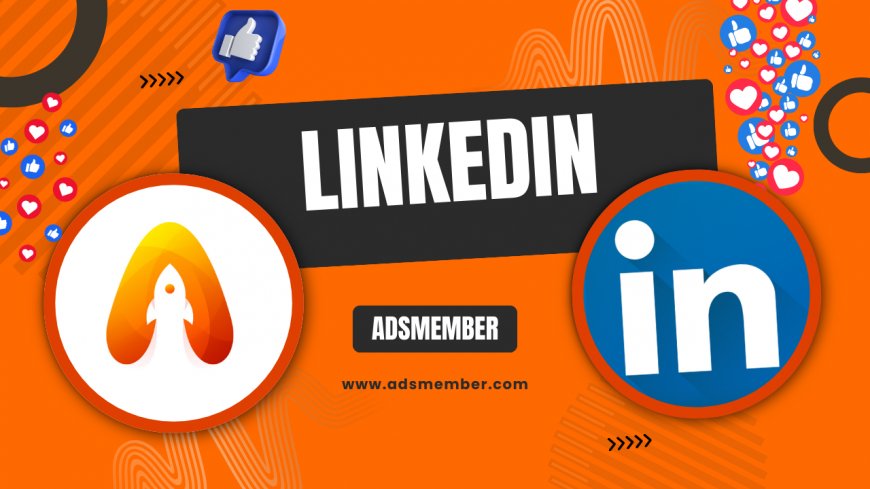
Let’s be honest—your linkedin-recruiting-strategies-for-talent">LinkedIn profile is often the first impression recruiters or potential connections see. And in my opinion, the 'Skills' section is one of the most underrated tools for standing out. Optimizing your LinkedIn skills isn’t just about listing what you know; it’s about strategically showcasing expertise to rank higher in searches and build credibility. With over 930 million users on LinkedIn (LinkedIn, 2023), the competition is fierce. So, how do you make your profile pop? I’ve spent years tweaking profiles and analyzing what works, and I’m excited to share actionable steps, unique insights, and even a case study to help you maximize visibility.
Why LinkedIn Skills Matter More Than You Think
Skills on LinkedIn aren’t just badges—they’re a gateway to opportunities. The platform’s algorithm prioritizes profiles with relevant, endorsed skills when recruiters search for candidates. In fact, LinkedIn reports that users with 5+ skills listed are 27 times more likely to be discovered (LinkedIn Blog, 2023). Honestly, I’ve seen this play out firsthand with clients who doubled their profile views after optimizing this section. It’s not just about quantity, though; it’s about relevance and strategy.
How Skills Impact LinkedIn SEO
LinkedIn operates like a search engine. When recruiters type in keywords like 'digital marketing' or 'project management,' the algorithm scans for matching skills. I recommend focusing on industry-specific terms over generic ones. For instance, instead of 'communication,' list 'stakeholder communication' if it fits your niche. This specificity can bump you up in search results. Pro tip: Check job descriptions in your field on LinkedIn and mirror their skill keywords.
Steps to Optimize Your LinkedIn Skills Section
Ready to revamp your profile? Let’s dive into a step-by-step guide I’ve refined over years of trial and error. These aren’t just basic tips; they’re detailed actions to ensure your LinkedIn skills work for you. Follow these, and I’m confident you’ll see a difference in profile engagement.
Step 1: Choose Relevant and Trending Skills
Start by listing up to 50 skills—LinkedIn allows it, so why not use the space? Prioritize hard skills (like 'data analysis') and trending ones (like 'AI tools') over soft skills. Check LinkedIn’s annual reports or industry blogs to spot in-demand skills. For example, 'cloud computing' saw a 20% increase in demand in 2023 (LinkedIn Economic Graph). I always tell clients to balance niche skills with broad ones to appeal to varied audiences.
Step 2: Pin Your Top 3 Skills
LinkedIn lets you pin three skills at the top of your section. Make these your strongest or most relevant ones. I once pinned 'SEO strategy' for a client, and within a week, they got two recruiter messages. It’s a small tweak with big impact. Pick skills tied to your target role and ensure they’re endorsed—more on that next.
Step 3: Get Endorsements Strategically
Endorsements add credibility. But don’t just beg for them randomly. Reach out to colleagues or past clients who can vouch for specific skills. I often message connections with a polite note like, 'Hey, could you endorse me for X? I’d be happy to return the favor!' LinkedIn data shows profiles with 10+ endorsements rank higher in searches. It’s social proof that works.
Pros and Cons of Overloading Skills
- Pros: More skills can increase keyword matches, boosting visibility in searches.
- Pros: Shows versatility, especially for multi-skilled professionals like freelancers.
- Cons: Too many unrelated skills can dilute your expertise and confuse recruiters.
- Cons: May look spammy if endorsements don’t back them up.
Case Study: How Optimized Skills Landed a Job
Let me share a real story. A client, Sarah, was a mid-level marketer struggling to get noticed. Her LinkedIn skills were generic—think 'teamwork' and 'creativity.' We revamped her list, adding 'content strategy,' 'Google Analytics,' and 'email marketing,' aligning with her target roles. We pinned her top three and requested endorsements from five colleagues. Within two weeks, her profile views jumped 40%, and a recruiter reached out for a senior role. She landed the job! The lesson? Targeted skills plus social proof can transform your career trajectory. I’ve seen this strategy work repeatedly, and it’s why I’m passionate about sharing it.
Unique Tip: Use LinkedIn Skill Assessments
Here’s a gem most people overlook: LinkedIn’s Skill Assessments. These short quizzes let you earn badges for skills like 'Excel' or 'Python.' Displaying a badge signals verified expertise to recruiters. I took the 'SEO' assessment myself and noticed a spike in connection requests. Only 1% of users use this feature, per LinkedIn’s 2022 data, so it’s a low-effort way to stand out. Find them under the 'Skills' section and take ones relevant to your field.
Common Mistakes to Avoid with LinkedIn Skills
I’ve seen too many profiles tank because of avoidable errors. Honestly, it’s frustrating when simple fixes could make a huge difference. Let’s break down pitfalls and how to dodge them. If you’ve made these mistakes, don’t worry—there’s always time to tweak things.
Ignoring Endorsements
Skills without endorsements look hollow. Recruiters trust peer validation. I’ve had clients ignore this, only to wonder why their profiles felt invisible. Actively seek endorsements, and don’t shy away from endorsing others first—it often prompts reciprocation.
Listing Irrelevant Skills
Adding skills unrelated to your industry is a waste. If you’re in tech, 'baking' won’t help (unless it’s a quirky icebreaker). I always advise sticking to what aligns with your career goals. Focus on quality over quantity.
FAQ: How Many Skills Should I List on LinkedIn?
You can list up to 50 skills, and I recommend using most of that space. However, prioritize relevance—focus on skills tied to your industry or target role. Pin your top three to highlight expertise. Balance hard skills with a few soft skills for a well-rounded look.
FAQ: Do LinkedIn Skill Endorsements Really Help?
Absolutely! Endorsements act as social proof, making your profile more credible. LinkedIn data shows profiles with endorsements rank higher in search results. Request them from trusted connections, and don’t hesitate to endorse others to build goodwill.
FAQ: How Do I Find Trending Skills for My Industry?
Check LinkedIn’s annual reports or the 'Jobs' tab to see skills in demand. Industry blogs and job descriptions also reveal keywords. For deeper insights, explore resources like the LinkedIn Economic Graph for data on emerging trends.
FAQ: Should I Take LinkedIn Skill Assessments?
Yes, if they’re available for your skills. These badges validate your expertise and make your profile stand out. They’re underutilized, so taking one can give you an edge. Just ensure you’re prepared to pass!
What's Your Reaction?
 Like
0
Like
0
 Dislike
0
Dislike
0
 Love
0
Love
0
 Funny
0
Funny
0
 Angry
0
Angry
0
 Sad
0
Sad
0
 Wow
0
Wow
0





































